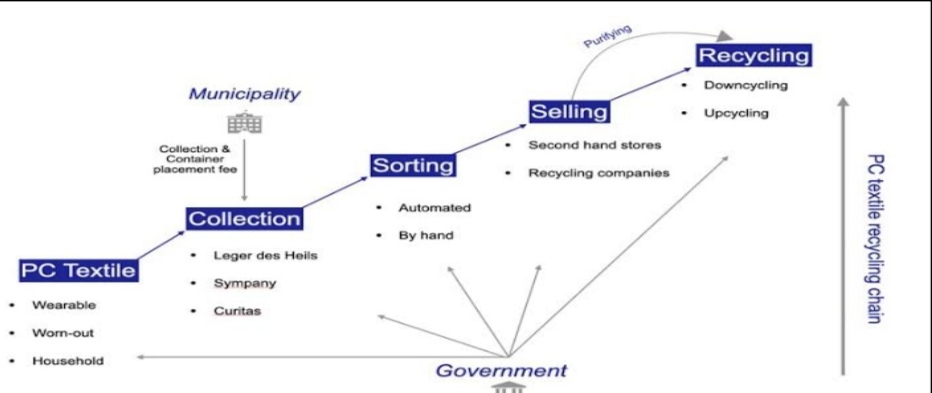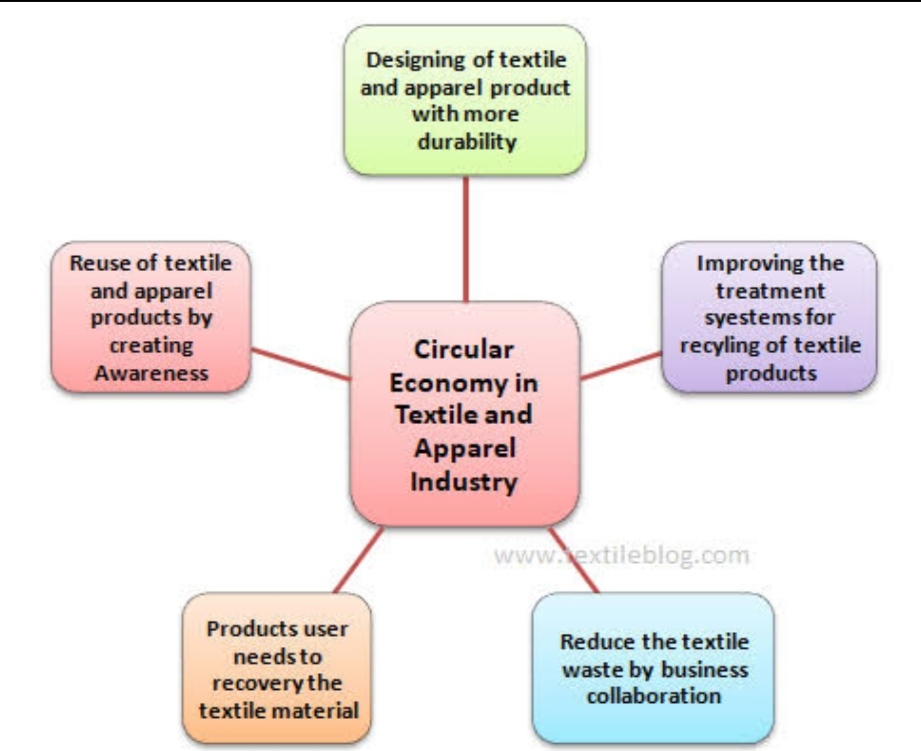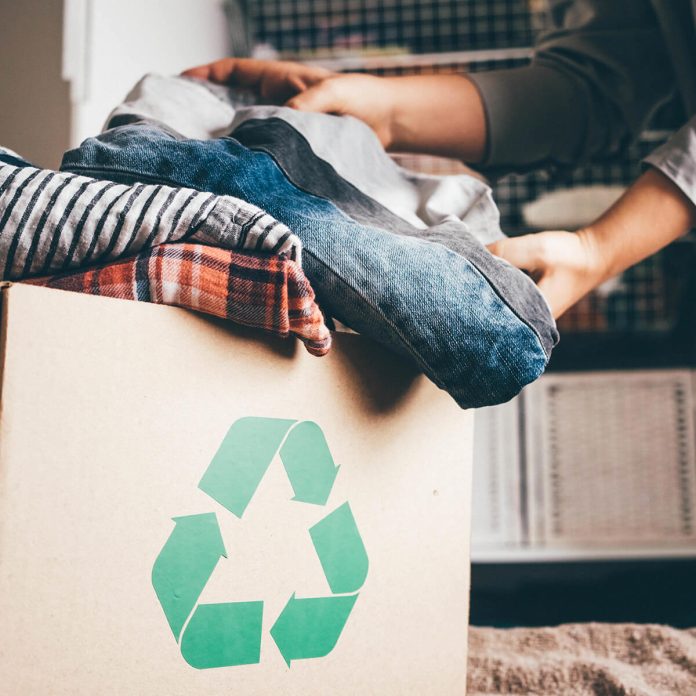Global production of clothing & it’s consumption has increased in last fifty years. Nowadays, the global world is surrounded by frequent environmental changes because of textile waste. It’s urged to initiate innovative solution for worldwide textile wastes. Generating textile recycling, we can transform production & pre-production waste into valuable resources & promote a circular economy.
According to the report by Ellen MacArthur Foundation and Circular Fibers Initiative, around 48 million tons of clothing are disposed every year. The worst thing is most of it is not recycled. Around 83% of the world’s clothing is disposed directly landfilled. Moreover, textile products take up to 200 years to decompose & poses environmental risks.
Providing four ideas that can be followed to reduce textile waste. They are –
- Donate used clothes – The efficient way to reduce clothing waste is to donate clothing to organizations or buyers interested in the material of textiles.
- Upcycle clothing – Transforming clothing as give old garments a second chance. For example, garments bag, reusable shopping bag, pillowcases, headbands.
- Repair clothing – Whether clothes have holes, lost buttons, there are many videos to repair clothing.
- Resell clothes to consignment stores – Selling clothes to consignment stores is a way to earn extra money & clothing to a second chance. For example, Niagara region have shops like this type.

To get rid of from worldwide impact of textile waste, textile recycling is must needed. It offers key advantages down below –
| Advantages of Textile waste Recycling | Evidence Data |
| Waste Reduction | Textile industry creates approximately 17-20% of global industrial water pollution & nearly 85% of textiles thrown in landfills. Recycling textiles divert waste from landfills and reduce pollution. |
| Conservation of Resources | Around 2700 liters of water to produce one cotton t-shirt & the textile industry is responsible for about 10% of global carbon emissions. Recycling textiles helps conserve water, energy & raw materials. |
| Energy Savings | Recycling textiles requires less energy compared to manufacturing textiles. For example, recycling polyester fabrics can save up to 75% energy to produce new polyester. |
| Water Conservation | By recycling textiles, we can save the significant amounts of water. For example, recycling one ton of cotton can save 20,000 liters of water. |
| Job Creation & Economic Growth | The textile recycling industry provides employment opportunities in various stages of recycling process. |
| Environmental Protection | By recycling textiles, we can minimize pollution from chemical dyes and treatments, protect ecosystems. |
| Social Impact | Recycled textiles can be used to create affordable clothing and other products, reducing social inequality. |

Embracing textile recycling is not only an environment imperative but also an opportunity to transform the way we produce, consume and dispose of textiles. By closing the loop and continually reusing and repurposing textile materials, we can reduce our ecological footprint, mitigate the impact on natural resources and create more sustainable and resilient future for generations to come.


